Smartphones are owned by one in five people and have changed how many of the world's most important industries work – from journalism to farming. But their production carries a cost; using more than 40 elements that are mined with untold environmental and social effects on every inhabited continent on earth. Use our interactive to take a detailed look at positive and negative impacts your smartphone has made on people and planet

|
Scooped by
Maree Whiteley
onto Sustainability resources for the Australian Curriculum March 26, 2014 11:44 PM
|


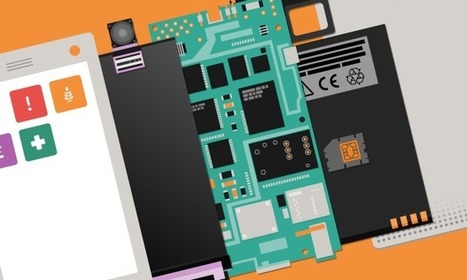


 Your new post is loading...
Your new post is loading...
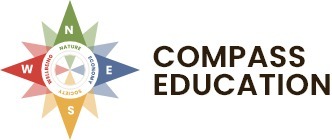


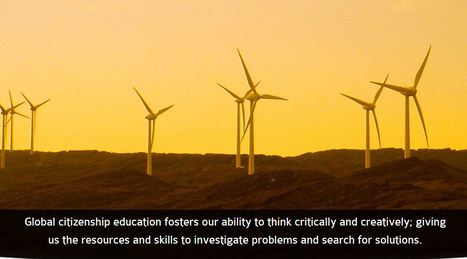
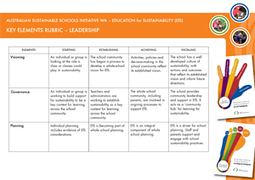











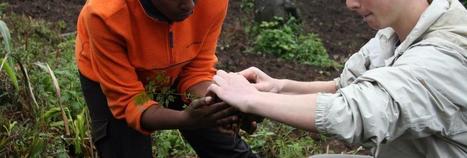













This clean, user-friendly and interactive online resource presents the sometimes dark and hidden truth behind what makes up a piece of technology that is owned by one fifth of the worlds' population. Stage 2 is the perfect time to educate students about the use of exhaustible materials or unethical working conditions in making products like the smartphone because they are sprouting the ability to develop a "critical understanding of the issues they investigate" (Marsh, 2010, p16). Not only this, but if students have begun to understand what goes into the construction of an item like this (including the environmental and social effects of these processes) then when the time comes for them to be consumers of such a product, they can make a more informed decision about their purchase.
This is not a resource that students would use in the classroom themselves. This is because the language is more advanced than they are most likely able to read for meaning and would probably leave most students feeling frustrated, lost and overwhelmed. It is, however, an extremely helpful resource for teachers to use to source and cite accurate and unbiased information on the issue since the site introduces both the positive and negative effects of smartphones on people and the environment.
As a teacher you could plan a learning sequence, utilising case studies, true stories, facts, statistics and other information from this site. For example, students could conduct a survey of their families and friends to find out how many people own a smartphone. The survey could also investigate peoples reasons for either using or not using a smartphone, and then determine whether these decisions are informed by facts or by accessibility or monetary concerns etc.
These results could then be collated, discussed and jointly graphed. Students would make generalisations about their findings and identify common reasons for either using smartphones or not using them. An activity like this would definitely require an abundance of teacher guidance and support, providing many incremental activities to equip students with the skills needed to both conduct the survey, record their findings informally and to then present their collective findings graphically. If students are adequately challenged and suppoted (McInerney & McInerney, 2010) the endeavour will be rich and enjoyable.
References:
Marsh, C. (2010). Becoming a teacher - knowledge, skills & issues. Pearson Australia.
McInerney, D & McInerney, V. (2010). Educational psychology: Constructing learning. 5th edition. Pearson Australia.
It is anticipated that students will realise that they as consumers have great responsibility in their choice and that not everything is regulated. They will be informed of the United Nations Guidelines for Consumer Protection and otherwise under SSS3.7 (NSW Board of Studies, 2006), they will learn about human rights. To help satisfy English outcomes EN3-1A, EN3-2A and EN3-3A, (NSW Board of Studies, 2012), the teacher could select human rights-focused components of this interactive smartphone for students to investigate further. A storyboard or flow chart format would emphasise the interconnectivity and a “my rights and responsibilities” list contrasting a “producer's rights and responsibilities” list would further highlight the social responsibility that comes with choice and lead into further human rights discussions. The emphasis on the visual assessment could be greater for visual learners and the difficulty of webquests could be altered in light of the inquiry-based research experience of the class and/or individuals (Gilbert and Hoepper, 2014, chap.8). A large printed-out smartphone for the class wall with students' contributions would add to the fun (Maxim, 2003), but highlight the pertinence of the activities, bringing everything together as a textbook often cannot (Brophy & Alleman, 2009).
Board of Studies NSW. (2006). Human Society and its Environment K-6. Sydney: Board of Studies NSW.
Board of Studies NSW. (2012). English K-10 Syllabus. Sydney: Board of Studies NSW.
Brophy, J., & Alleman, J. (2009). Meaningful social studies for elementary students. Teachers and Teaching: Theory and Practice. 15(30), 357-376.
Gilbert, R., & Hoepper, B. (2014). Teaching Humanities and Social Sciences. History, Geography, Economics and Citizenship in the Autralian Curriculum. (5th ed.). Melbourne, Victoria: Cengage.
Maxim, G.W. (2003). Let the fun begin!: Dynamic social studies for the elementary school classroom. Childhood Education., Vol. 80, 1, 2003.